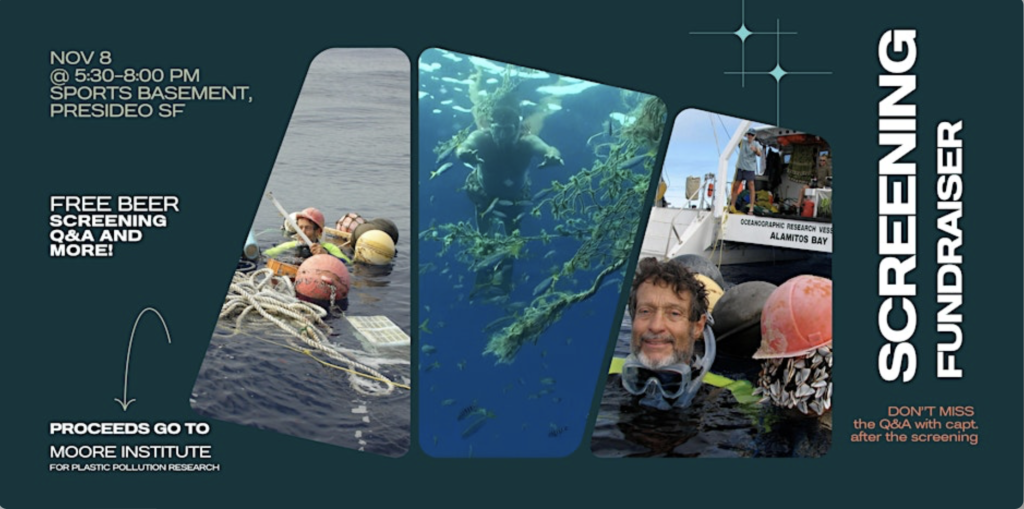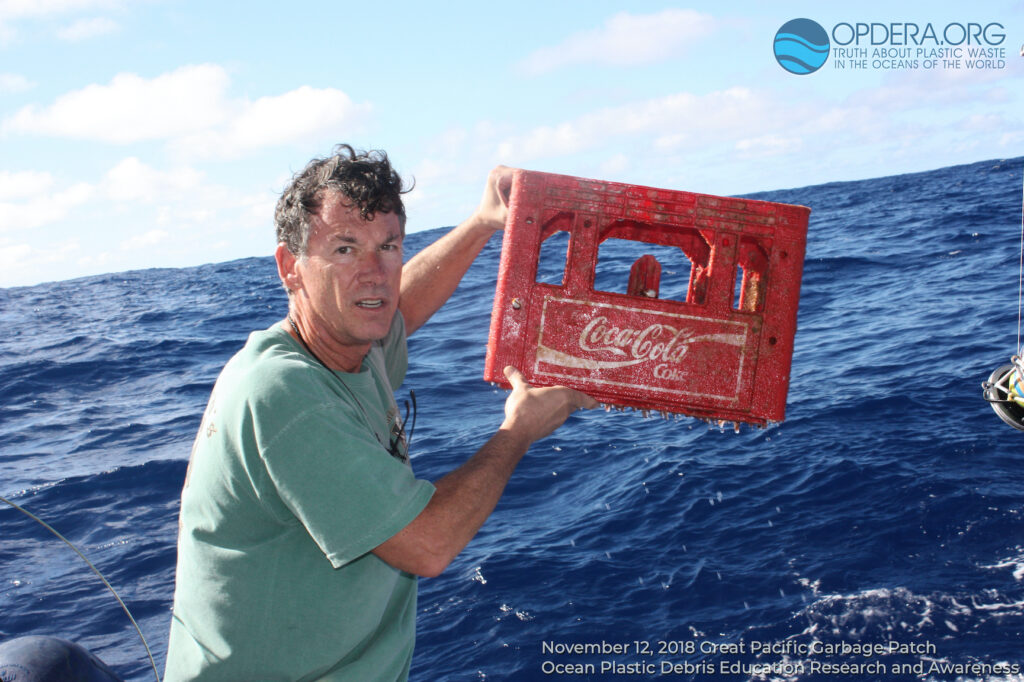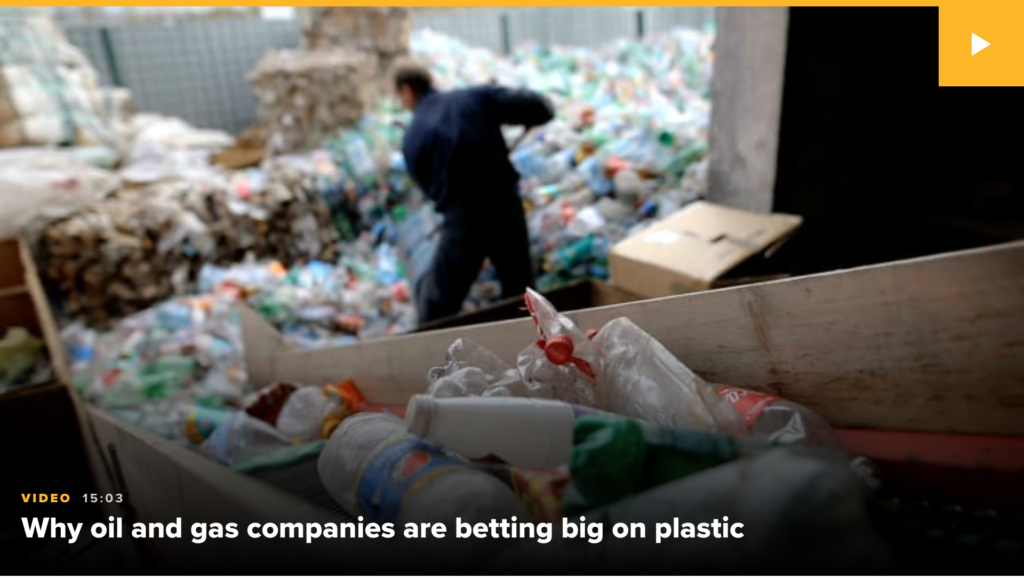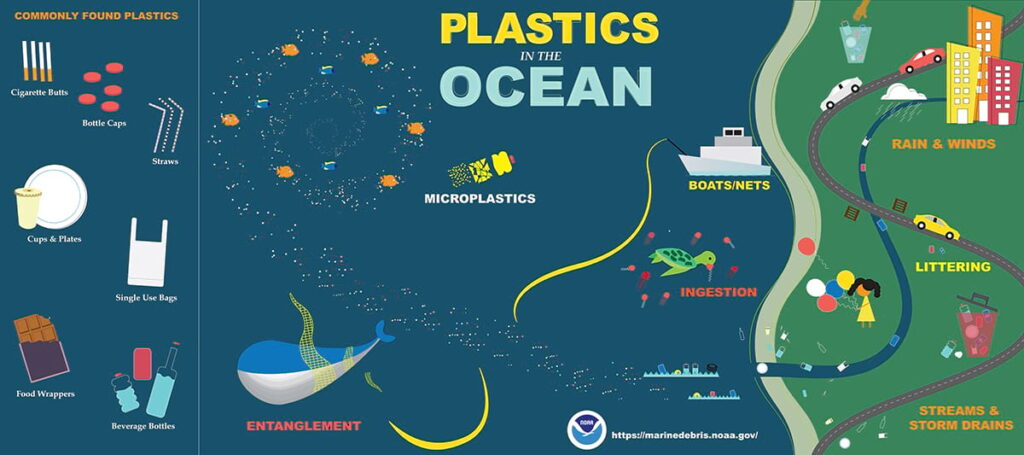
Premier: The Great Pacific Garbage Patch Documentary
Join us for the Screening of:
The Great Pacific Garbage Patch Documentary.
Friday, November 8 · 5:30 – 8pm PST
Sports Basement Presidio
610 Old Mason Street San Francisco, CA 94129

Join us for the Screening of:
The Great Pacific Garbage Patch Documentary.
Friday, November 8 · 5:30 – 8pm PST
Sports Basement Presidio
610 Old Mason Street San Francisco, CA 94129

I founded the nonprofit OPDERA – Ocean Plastic Debris Education Research and Awareness because most people are not aware of

CNBC’s Katie Brigham and her team kill it in this 15 min. video about plastics. The plastic waste that is
It’s a problem;
but it’s one we can do something about.


Bisphenol A (BPA) is a chemical produced in large quantities for use primarily in the production of polycarbonate plastics and epoxy resins.



I took the OPDERA Pledge!
OPDERA.ORG is a charity that raises awareness about plastic waste in the world’s oceans. They provide education about plastic waste. OPDERA.ORG visits the Great Pacific Garbage Patch to show you what is there and conduct research.
Find out more at www.opdera.org.
You can take the OPDERA pledge too!
#opdera #reuse #oceanplastic #plasticwaste